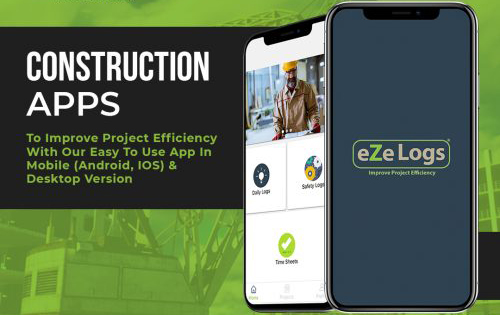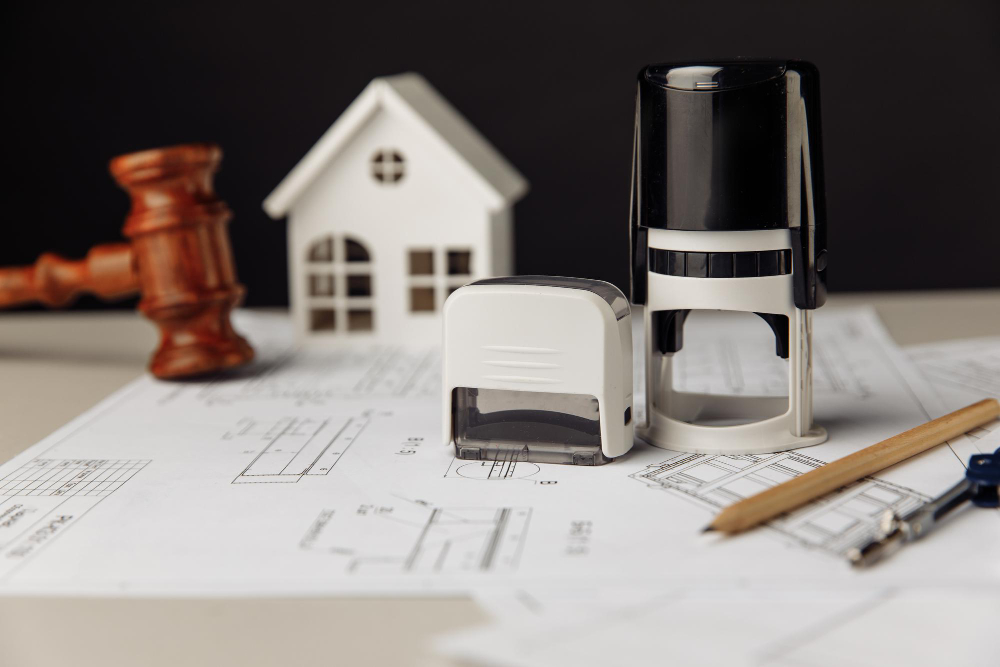Architectural project management has long played an essential role in the construction industry, helping projects complete on schedule, within budget and to the highest quality standards. But as trends and innovations arise in our industry, architectural project management must also adapt accordingly.

So in this article, we’ll look at some exciting advances like digital technologies, sustainable practices and collaborative tools as we explore what the future of architectural project management holds in the construction world.
Digital Technologies in Architectural Project Management
Technology has transformed how architects approach project management. From planning through execution, digital tools have drastically enhanced how we visualize, communicate and collaborate on construction projects. Let’s examine three technologies which are upending this industry.
Building Information Modeling
Building Information Modeling (BIM) is an innovative digital representation of physical and functional characteristics of buildings that allows architects, engineers, and contractors to more seamlessly work together throughout the design and construction processes. BIM brings many benefits including:
Advantages and Applications
- Improved visualization of a project design makes it easier to spot potential issues before construction starts, as well as increasing collaboration among stakeholders, decreasing miscommunication and costly errors.
- Project management efficiency increases, since BIM software can integrate seamlessly with other tools for tracking progress and allocating resources more effectively.
- Integration With Project Management Software
- BIM can be combined with project management software for an effortless workflow experience, enabling project managers to monitor progress, allocate resources, communicate directly with team members within one platform – ultimately leading to improved efficiency and more successful project results.
Virtual and Augmented Realities (VR/AR)
Virtual and Augmented Reality technologies have quickly become essential tools in architectural project management, providing immersive environments in which to interact. Their immersive effect helps architects:
VR and AR technologies make it possible to quickly generate 3D models and virtual walkthroughs of projects, helping architects, engineers, and contractors visualize the finished product more clearly as well as anticipate any issues prior to construction starting.
VR and AR can play an essential role in improving communication and collaboration among project teams. By providing users with virtual access to project sites and digital models, these technologies may allow stakeholders to more efficiently participate in decision-making and problem solving processes.
Artificial Intelligence and Machine Learning
Artificial Intelligence and Machine Learning technologies are becoming an integral component of architectural project management, offering new ways to streamline tasks and enhance decision-making processes. Their applications in project administration may include:
Artificial Intelligence-powered project management software can assist project managers with automating repetitive project tasks like resource allocation, scheduling and budget management, which frees up their time for more strategic decision-making while helping ensure projects run as smoothly as possible.
Predictive analytics to enhance decision making Machine Learning algorithms can analyze past project data in order to detect trends or patterns that may apply to current ones, providing project managers with more informed choices and mitigating potential risks more easily.
The growing emphasis on sustainability and green building practices
Sustainability has rapidly become a top priority within the construction industry, as clients, regulators, and the general public demand more eco-friendly buildings and infrastructure. Architectural project management professionals need to keep abreast of emerging green building practices in order to include them within their workflows; some key areas for consideration may include:
Project managers must have knowledge about sustainable materials and construction techniques in order to minimize environmental impacts on their projects. This may involve selecting eco-friendly building materials like reclaimed wood, recycled metals and low VOC products as well as employing waste reduction strategies during construction processes.
Energy-Efficient Design and Technologies Energy efficiency is an integral element of green building practices, so architectural project managers should collaborate closely with architects and engineers in integrating energy-saving technologies such as solar panels, LED lighting and high performance insulation into their projects.
Furthermore, designing buildings using passive heating/cooling strategies can significantly lower both consumption and operating costs.
Integrating Green Building Certifications Into Project Management Architectural project managers must become acquainted with LEED, BREEAM and WELL certifications so as to design and construct environmentally responsible buildings that adhere to these certification standards.
Architectural project managers should become knowledgeable of their requirements for certifications like these as much as possible before including them into projects whenever feasible.
Introduction of IPD for Project Delivery
Integral Project Delivery (IPD) is an innovative project management technique that encourages collaboration among all project stakeholders – owners, architects, engineers and contractors. IPD brings numerous advantages including:
Collaborative Approach to Project Management IPD fosters open communication and joint decision making between team members to reduce conflicts, streamline workflows, and minimize errors – contributing to more efficient projects with higher-quality outcomes.
Benefits of IPD Implementing IPD within the construction industry has many key benefits, including improved cost and schedule predictability; improved project quality and performance; decreased waste and rework; and an increase in stakeholder satisfaction.
Case Studies of Successful IPD Implementation Numerous case studies have illustrated the success of IPD implementation within the construction industry, providing architects and project managers alike with inspiration to implement it themselves in their projects.
The Importance of Modular and Prefabricated Construction Systems
Modular and prefabricated construction techniques have become increasingly popular due to their ability to reduce time, waste, and improve quality – offering architectural project managers several benefits:
Benefits of Modular and Prefabricated Construction – Modular construction provides several benefits over traditional methods: Shorter timelines due to components being manufactured off-site before being assembled on-site quickly.

Reduced waste due to precise measurements used when manufacturing components for modular systems; less environmental impact thanks to reduced material requirements due to less waste generated; enhanced quality control due to manufacturing in controlled factory environments before assembly on-site
Integrating Offsite Construction Methods in Architectural Project Management Project managers can incorporate modular and prefabricated construction methods into their workflow by working closely with manufacturers, coordinating transportation logistics and overseeing on-site assembly process.
Impact on Future Construction Projects As modular and prefabricated construction methods continue their rise, they may radically transform the industry by offering faster, cost-cutting alternatives that are also sustainable.
Project Management Certification and Accreditations Are on the Rise
Professional certifications have become an invaluable component of project manager career success in construction. Popular certifications for project managers include:
An overview of popular certifications: Project Management Professional (PMP), Associate in Project Management (APM), Certified Construction Manager -CCM) and LEED Accredited Professional AP
Certification in an Overcrowded Job Market Receiving certification can give project managers an edge in an increasingly crowded job market by demonstrating their expertise to employers and clients alike. Certifications often require ongoing education requirements in order to stay abreast of industry advancements and best practices – this ensures their validity over time.
The Importance of Continuous Education for Staying Updated with Industry Changes The construction industry is ever-evolving; with new technologies, regulations, and practices emerging all of the time.
By engaging in ongoing professional development programs and education classes architectural project managers can remain at the forefront of their field while effectively adapting to these changes in an adaptive manner.
The Bottom Line
Architectural project management in the construction industry looks bright with new technologies, environmentally sustainable practices, and groundbreaking collaboration methods evolving the way projects are planned, executed, and delivered. As their role progresses further it’s imperative that architectural project managers embrace such advances while adapting their skills accordingly – so stay on top of emerging trends to help shape a more efficient, eco-friendly, collaborative construction industry for years to come!


